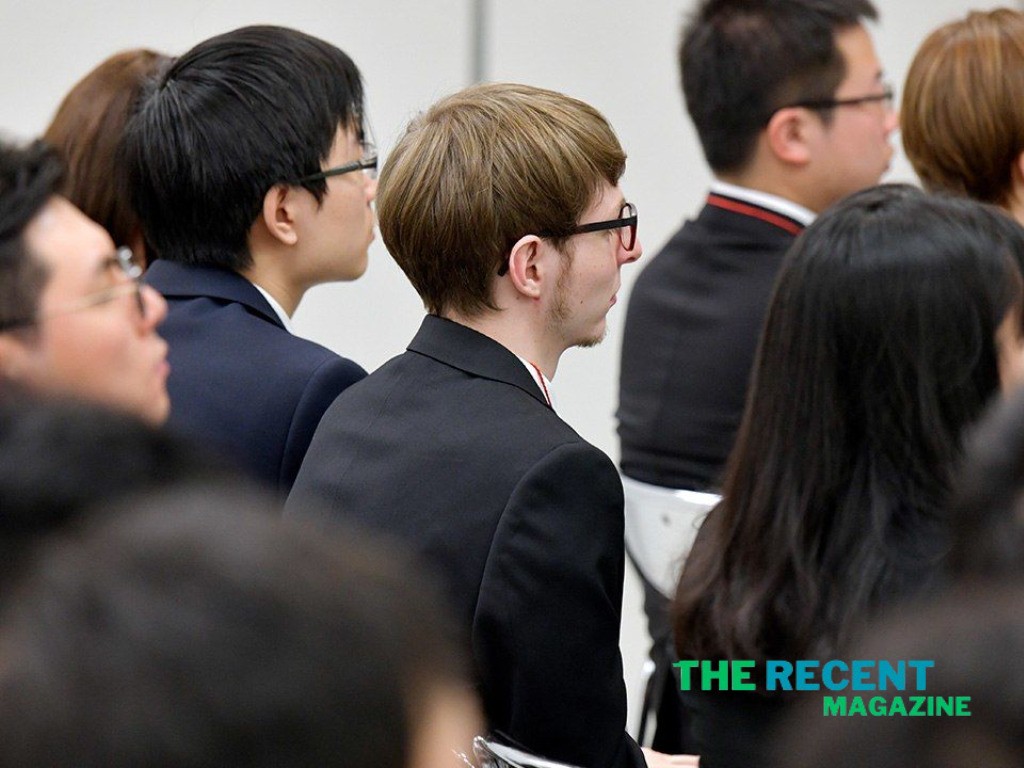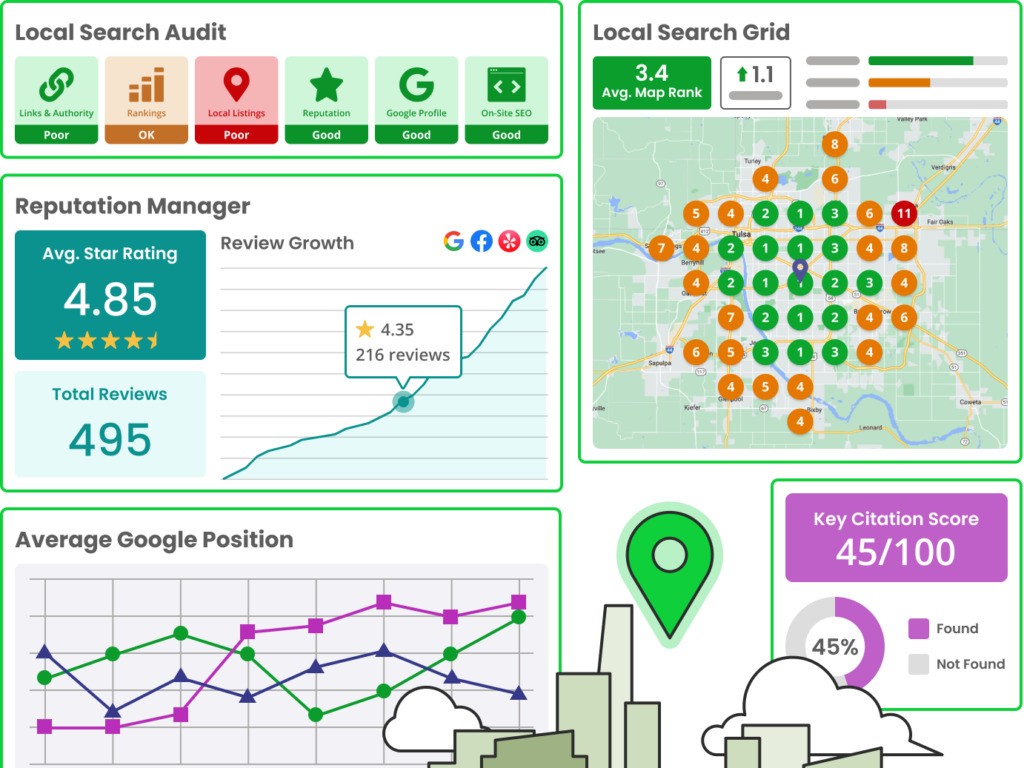Now Reading: No to Japanese: Embrace Cultural Diversity Today
-
01
No to Japanese: Embrace Cultural Diversity Today
No to Japanese: Embrace Cultural Diversity Today

Imagine standing in a bustling market filled with vibrant foods, enticing aromas, and colorful culture. You stop at a stall labeled “Japanese,” expecting sushi or ramen, but hesitate.
Why say “No to Japanese”? This phrase might puzzle you or even challenge your beliefs. But before you make up your mind, consider this: every choice you make has deeper implications, weaving into your lifestyle and values. You deserve to know what saying “No to Japanese” really means for you and your world.
Dive in, and discover the intriguing layers behind this decision that could reshape your perspective.
Cultural Diversity Defined
Cultural diversity means valuing all cultures equally, including Japanese. It encourages understanding and respect for different traditions. Celebrating diversity fosters global unity and enriches our shared experiences.
Cultural diversity is an integral aspect of global society, bringing rich traditions and unique perspectives. In the context of saying no to Japanese culture, it’s crucial to understand how cultural diversity shapes our interactions. Every culture adds its flavor to the global tapestry, and respecting differences while prioritizing your cultural identity can foster deeper connections.
Understanding Cultural Diversity
Cultural diversity means acknowledging and appreciating the variety of cultures around you. It’s about seeing value in different customs, beliefs, and languages. This diversity enriches your life by offering new insights and ways to engage with the world.
The Importance Of Self-identity
Maintaining your cultural identity is essential, even when exposed to new cultures. It’s about finding a balance between embracing other cultures and holding onto your roots. You might feel pressured to fit in, but your unique background adds value to the global community.
Respecting Boundaries
Respecting cultural boundaries is vital. While it’s exciting to learn about Japanese culture, you should be mindful of what aspects you accept or decline. Have you ever felt overwhelmed by adapting to a new cultural setting? Your comfort should always be a priority.
Learning From Personal Experiences
Reflect on times when you’ve interacted with Japanese culture. Maybe you loved the cuisine but found some traditions confusing. These experiences teach you about cultural diversity and how you can navigate it while staying true to yourself.
Practical Tips For Cultural Engagement
Engaging with different cultures doesn’t mean losing your identity. Here are some practical tips: – Explore: Attend cultural events or try new foods. – Ask Questions: Learn from others while sharing your perspective. – Stay Open-Minded: Be willing to adapt, but know your limits.
Cultural diversity defines how you interact with the world. As you say no to certain aspects of Japanese culture, remember that understanding and respecting diversity enriches your life. What choices will you make to maintain your cultural identity while engaging with others?
Globalization And Cultural Homogenization
Globalization is reshaping cultures around the world. It leads to cultural homogenization. This process makes cultures more similar. Traditions often blend, losing unique elements. This impacts local identities. Many fear losing cultural diversity. Globalization brings both opportunities and challenges.
Impact On Local Cultures
Local cultures face significant changes due to globalization. Traditions may fade as global trends dominate. Smaller communities struggle to maintain heritage. Traditional crafts and languages can disappear. Homogenization often leads to a loss of diversity. Unique cultural expressions may vanish.
The Case Of Japan
Japan is a prime example of globalization’s impact. Its culture is rich and unique. Yet, global influences are strong. Western trends permeate fashion and food. Japanese youth often adopt these trends. Traditional practices face challenges. Some customs are at risk of fading away. Japanese society seeks balance. Embracing global trends while preserving traditions is key. Cultural preservation efforts are crucial. Japan strives to maintain its unique identity.
Benefits Of Cultural Diversity
Cultural diversity enriches communities with varied perspectives and traditions. It fosters creativity, leading to innovative solutions. Embracing diverse cultures enhances understanding and empathy among people.
Cultural diversity isn’t just a buzzword; it’s a vital element that enriches our lives and communities. It brings a variety of perspectives, enriching our understanding and appreciation of the world. Embracing diverse cultures can lead to numerous benefits that impact various aspects of life.
Economic Advantages
Cultural diversity can be a powerful economic driver. Diverse workforces bring different perspectives, enhancing problem-solving and decision-making. This can lead to increased productivity and innovation, boosting economic growth. On a personal note, when I worked in a multicultural team, our varied backgrounds helped us understand international markets better. This gave us a competitive edge. How can you tap into these economic benefits? Encourage diverse hiring practices within your organization. Explore international markets with a culturally informed approach.
Social Harmony
A diverse culture fosters social harmony by promoting understanding and respect. It helps break down stereotypes and prejudices, leading to more inclusive societies. Imagine attending a festival that celebrates multiple cultures; you learn new traditions and make friends from different backgrounds. This shared experience builds trust and cooperation. Have you considered participating in local cultural events? It’s a great way to connect with diverse communities and promote social cohesion.
Innovation And Creativity
Diverse perspectives fuel innovation and creativity. When people from different cultures collaborate, they bring unique ideas and solutions. Think about the last time you enjoyed a fusion dish at a restaurant. That blend of flavors is a direct result of cultural diversity inspiring creativity. Encourage diverse teams in creative projects. You might be surprised at the innovative results that come from different cultural influences. Cultural diversity offers tangible benefits that can enhance our lives in profound ways. How will you embrace diversity today?
Challenges In Embracing Diversity
Diversity can enrich societies with new perspectives. It brings together different cultures and ideas. But there are challenges in embracing diversity in Japan. These challenges can create barriers to understanding and acceptance.
Cultural Misunderstandings
Cultural misunderstandings often arise due to differences in traditions. Japanese culture has unique customs and values. These might seem unfamiliar or odd to outsiders. Misinterpretations can lead to conflict or tension. Understanding these cultural differences is key to harmony.
Resistance To Change
Some people resist new ideas or customs. This resistance can slow the acceptance of diversity. Japan has a strong cultural identity. Change can be seen as a threat to this identity. People might cling to familiar ways instead of embracing new ones.
Policy And Legislation
Policies and laws play a big role in diversity. They can either support or hinder progress. In Japan, policies might not always favor diversity. Legislation can be slow to adapt to new needs. This can limit opportunities for diverse communities.
Promoting Cultural Diversity
Embracing cultural diversity enriches societies. It brings new perspectives, ideas, and traditions. Diversity fosters understanding and respect among people. Saying no to Japanese culture can hinder this beautiful blend of global cultures. Instead, promoting cultural diversity encourages a harmonious coexistence. Let’s explore some ways to promote cultural diversity effectively.
Education And Awareness
Education plays a vital role in promoting diversity. Schools can introduce diverse cultural studies. This helps students appreciate different traditions and values. Awareness campaigns can also highlight the beauty of various cultures. They can dispel myths and stereotypes. When people learn about each other’s cultures, they develop empathy.
Community Initiatives
Local communities can foster cultural diversity. Organizing cultural festivals can be a great start. These events showcase food, music, and art from different cultures. Communities can also host workshops and seminars. These activities encourage interaction and understanding. Such initiatives create a space where everyone feels included.
Role Of Media
The media influences public perception. It can play a key role in promoting cultural diversity. By showcasing diverse stories and characters, media can break barriers. Television and films should represent various cultures equally. News outlets can highlight positive stories of cultural integration. This shapes public opinions and fosters acceptance.
Case Studies Of Cultural Integration
Cultural integration involves blending diverse traditions and customs. This process often faces challenges. Yet, it presents opportunities for growth and understanding. Exploring case studies gives insights into successful integrations. It highlights lessons learned from various experiences.
Successful Examples
Some communities have integrated cultures seamlessly. Consider the Japanese town of Yamaguchi. It embraced foreign influences while preserving its heritage. Local festivals feature international music and cuisine. Schools offer multilingual education, fostering global perspectives.
Another example is Brazil’s São Paulo. It celebrates Japanese culture through the annual Festival of Japan. The event promotes cross-cultural dialogue. It attracts thousands, enhancing mutual respect and understanding.
Lessons Learned
Integration requires open communication. Listening to diverse voices is crucial. Cultural exchanges must be encouraged. This fosters mutual respect among communities. It is important to adapt traditions without losing identity.
Education plays a key role. Teaching children about different cultures builds empathy. It prepares them for a diverse world. Community events should highlight shared values. This creates a sense of belonging.
Support from local leaders is vital. They guide integration efforts effectively. Public policies should promote inclusivity. This ensures that all cultures are valued.
Future Of Cultural Diversity
The future of cultural diversity is a topic of great importance. As societies grow more interconnected, diverse cultures blend and influence each other. This blending shapes our global community, creating unique opportunities and challenges. One aspect of this future is saying no to Japanese cultural homogenization, promoting a rich tapestry of global diversity.
Emerging Trends
Emerging trends in cultural diversity highlight the importance of acceptance. Many societies are embracing multiculturalism, celebrating various traditions. This acceptance enriches local cultures, offering new perspectives and experiences. People are more aware of different cultural practices. This awareness fosters respect and understanding across borders.
Role Of Technology
Technology plays a vital role in promoting cultural diversity. It connects people worldwide, sharing stories and traditions instantly. Social media platforms highlight diverse cultural experiences. They allow individuals to express their unique identities. Online communities support cultural exchange, breaking down geographical barriers. This digital landscape encourages cultural appreciation and preservation.
Frequently Asked Questions
Is There A Word For No In Japan?
Yes, the word for “no” in Japanese is “いいえ” (iie). It clearly expresses disagreement or refusal.
How Do People Say No In Japanese?
In Japanese, people say “no” using the word “いいえ” (iie). Another common way is saying “だめ” (dame). Both are used to express refusal or disagreement.
How To Use No In Japanese?
“No” in Japanese is a possessive particle indicating ownership or relation, similar to “‘s” in English. It connects nouns, showing belonging. For example, “Watashi no hon” means “my book. ” It’s essential for constructing clear and concise sentences in Japanese.
How To Politely Refuse In Japan?
Use phrases like “chotto” to express hesitation. Politely decline by saying, “Sumimasen, kyou wa chotto. ” Maintain a respectful tone. Offer an alternative if possible. Express gratitude for the offer.
Conclusion
Saying “No to Japanese” can spark meaningful conversations. It encourages understanding and respect for diverse cultures. Saying no isn’t about rejection. It’s about choosing wisely what fits one’s values. Many factors influence our choices. Language, culture, and personal beliefs. Everyone’s journey is unique.
Embracing diversity enriches our lives. It opens doors to new experiences. Let’s foster open-mindedness and inclusivity. By doing so, we create a more harmonious world. One where every culture is valued. Every voice heard. This approach makes us better global citizens.
Let’s continue learning from each other. Celebrating our differences. Together, we grow stronger.





















